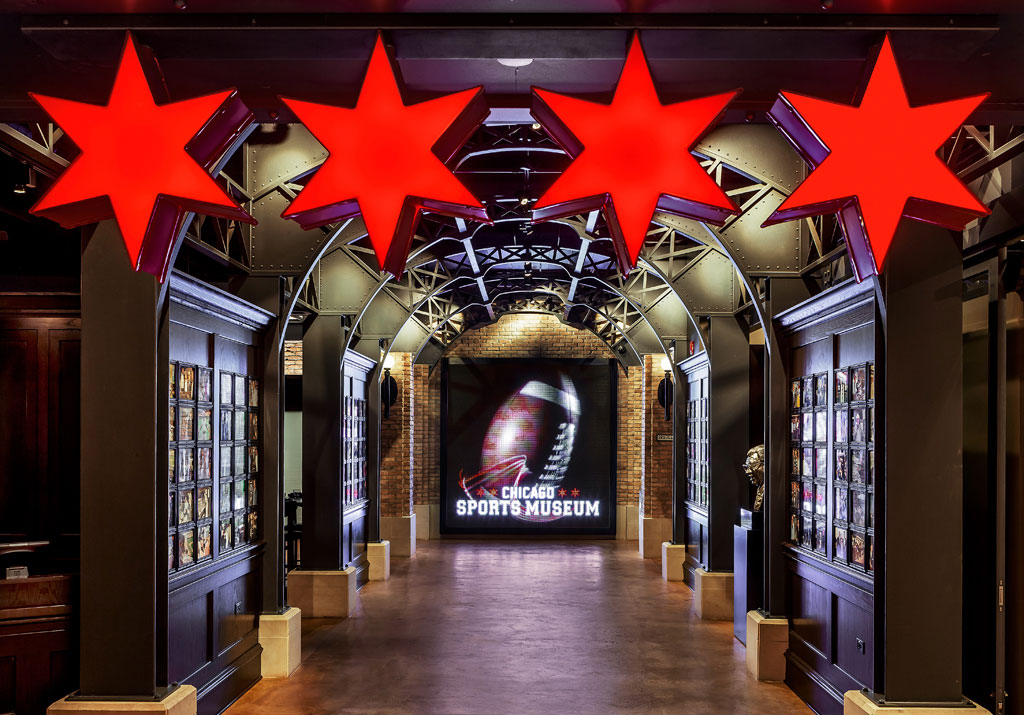Commercial Construction Delivery Methods: 3 Times To Go With A Negotiated Bid

Any long-time readers of Hard Hat Chat have probably picked up on the fact that I’m a big fan of the negotiated bid. Our firm takes pride in being a true partner to our clients, and we believe a great way to elevate that client relationship is to work on a negotiated basis – a process where the client hires a general contractor early-on in the project after agreeing on general conditions and a contractor fee. The GC then works with the client to budget the job based on pricing from subcontractor partners.
Of course, like any national commercial contractor we also do our share of work on a competitive bid basis where construction firms submit bids for a project based on a set of plans provided by the client, and the client subsequently awards the project based on those bids. While there are valid reasons a client might go the competitive bid route, there are many more scenarios where the negotiated delivery method is better for all parties. Here are just three:
The Project Is A Brand-New Concept
It’s always exciting to partner with a client on a new concept or prototype. Whether it’s a completely refreshed design for an existing restaurant brand or an entirely new business model, such as a unique idea for a family entertainment venue, we love working with clients to figure out how to make their design intent become a reality as efficiently as possible. But with a brand-new design, there are inevitably going to be unknowns that don’t come up until construction is underway, as well as design changes to make sure the finished project matches the client’s vision.
That makes the negotiated delivery method a smart choice for any “first time” project, especially if it’s a prototype that will eventually be rolled out in other locations. Working on a negotiated basis for the initial build-out puts the GC in the best position to work out any kinks in the prototype plans that become evident once construction starts, without it resulting in a costly change order.
Additionally, since the client is typically privy to subcontractor bids with a negotiated project, they get a clear understanding of the cost ranges for specific elements – much more so than a competitive bid, where bidding GCs might undercut pricing on certain trades in order to win the job. That pricing intel is extremely valuable when the client then goes on to build the same prototype in different markets armed with a reasonable expectation of costs.
It’s A Multi-Phase Project
Many large or complex construction jobs are budgeted and built out in phases. But rather than award these projects to GCs in phases via a competitive bid, clients should make the most of their general contractor relationship by working on a negotiated basis.
There are several benefits to doing so. First, the GC becomes a point of consistency for the project, helping ensure the client’s design intent and brand standards are maintained from start to finish. Also, a negotiated approach means the GC can identify efficiencies across all phases, whether it’s cost savings from having one trade bid and perform work for multiple phases at once, or scheduling considerations such as anticipating conflicts between work happening at different project stages. By not being locked into a competitive bid package, the GC has the flexibility to look at the big picture and make recommendations to the client taking into account the entire scope of the project.
Project Plans Are Not Fully Finalized
We get it – there are any number of things that can come up prohibiting the professional services team creating fully finalized plans. Maybe the lease deal is taking longer than expected, or maybe there are design changes requested during municipal approvals. We understand the client might still need to move forward with their GC as some details are ironed out, so as not to miss a projected completion or opening date. But by going out for a competitive bid with “design development” (DD) drawings, rather than final plans, clients can really get hurt by cost overruns. That’s because in a competitive bid, GCs are only planning and pricing for exactly what’s in the drawings – anything different or beyond those drawings will mean additional costs via change orders and likely delays.
An example of this was a restaurant/hotel project in downtown Chicago our team was asked to bid by a previous client. We told the developer/owner the plans weren’t complete enough for us to feel comfortable moving forward and declined to participate in their competitive bid, so the project eventually went to another contractor. Fast forward several months and we heard that not only was the project shut down for several long periods as details in the drawings were finalized, but that it also ended up seriously overbudget due to changes in the design from the documents that were originally used for the competitive bid.
A better solution in this case would have been for the client to work with a construction partner on a negotiated basis. With the GC’s fees and general conditions costs agreed on up front, the GC would have been in a position to budget and schedule the project concurrent to plans being finalized – and with full client input.
While a negotiated bid isn’t always the route our clients go, I can’t say enough about the transparency, open communication and flexibility it affords. And all those things add up to a great client-contractor relationship, which is always key to a successful project.



